amartin
TPF Noob!
- Joined
- Dec 26, 2011
- Messages
- 69
- Reaction score
- 6
- Location
- greensburg,pa.
- Can others edit my Photos
- Photos OK to edit
can someone tell me what setting i can use to get a shot of the full moon tonite i tryed but just can not get a shot of it. my camera is a cannon t3i with a EFS 55-250 F/4-56-LENS


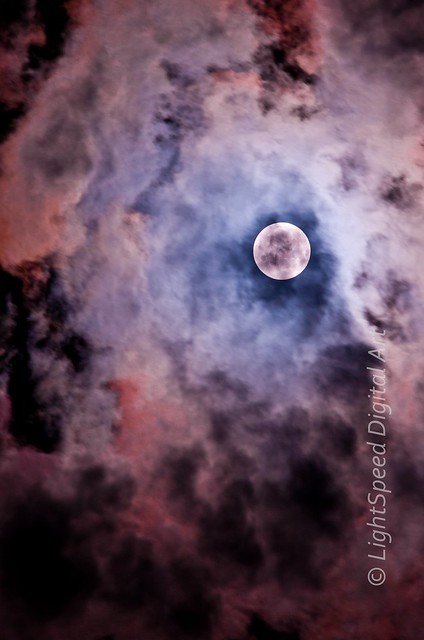
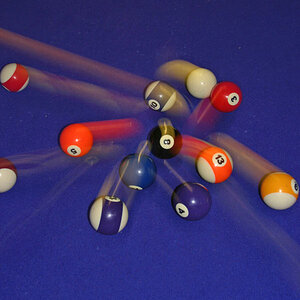
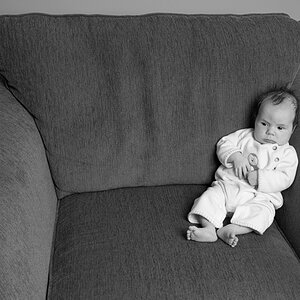
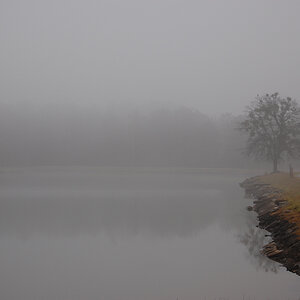
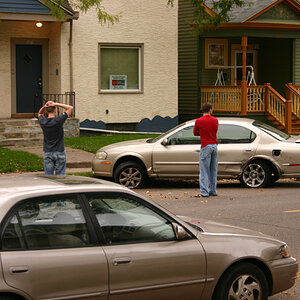
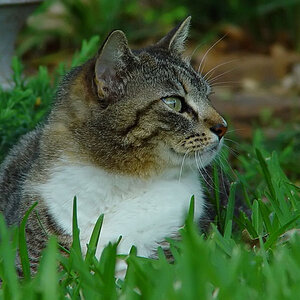
![[No title]](/data/xfmg/thumbnail/37/37604-7ad625e983f92f880eb65a264eeef5e4.jpg?1619738148)
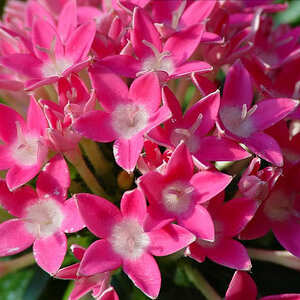
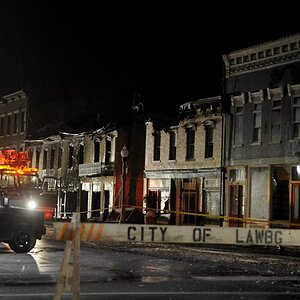
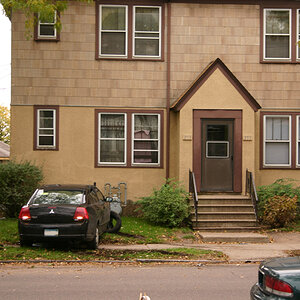
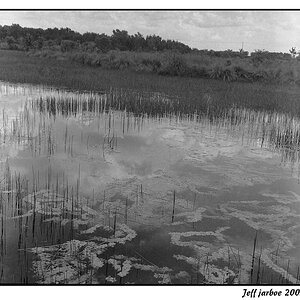
![[No title]](/data/xfmg/thumbnail/35/35948-700e0d840da0ca73727b1bd6d99b4142.jpg?1619737257)